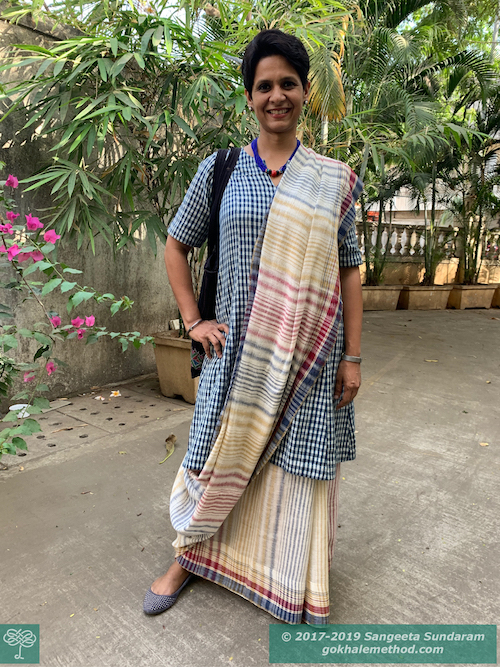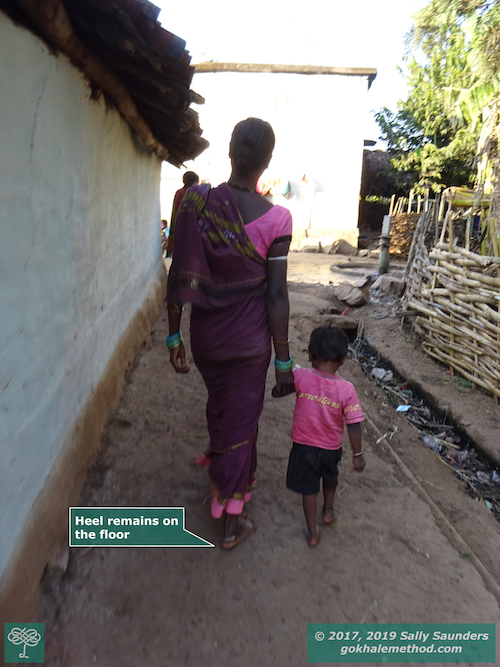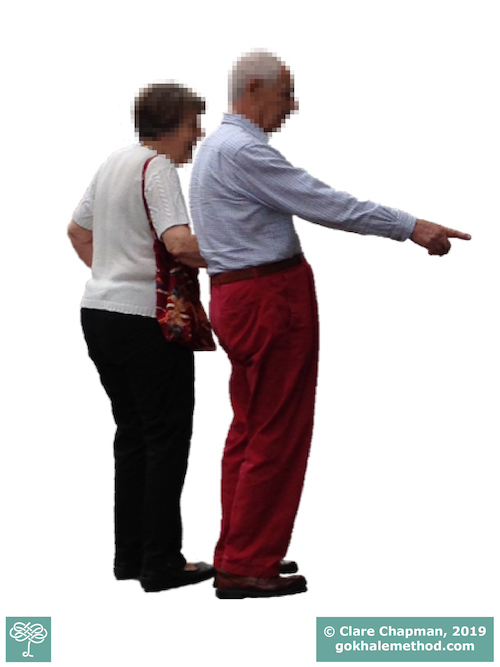
I first met Danny Dreyer, the founder of ChiRunning, in 2018 when we were both leading workshops at the Kripalu Center for Yoga and Health in Massachusetts. Danny and his assistant teachers were leading their students outdoors in Nature in an engaging and enjoyable activity. It struck me that this could be a beneficial next step for Gokhale Method students who have overcome their pain and injuries.
Running, for those able to do it, has a particular draw, since it is a natural activity and such an efficient way to get exercise in a busy world. The model populations that inspire the Gokhale Method (children, non-industrialized people, hunter-gatherers), run regularly.
So I was intrigued by what Danny Dreyer offers: a systematic program on how to run with less injury and more enjoyment. In the... Read more







